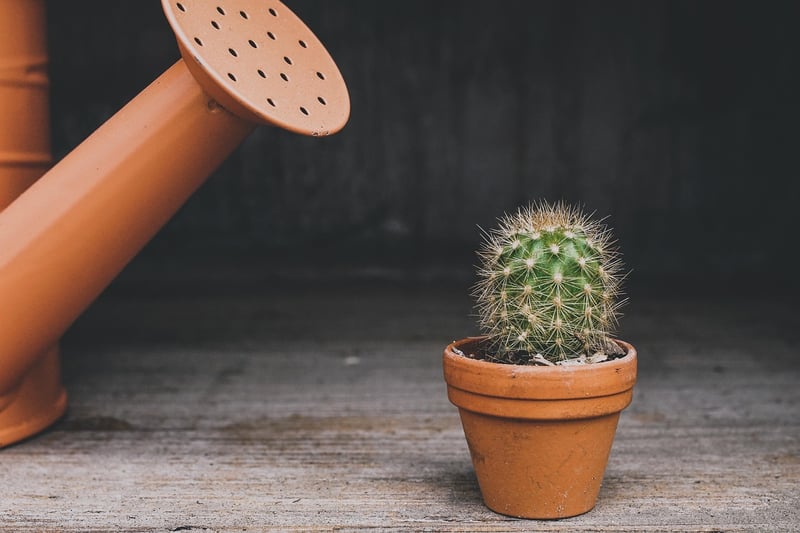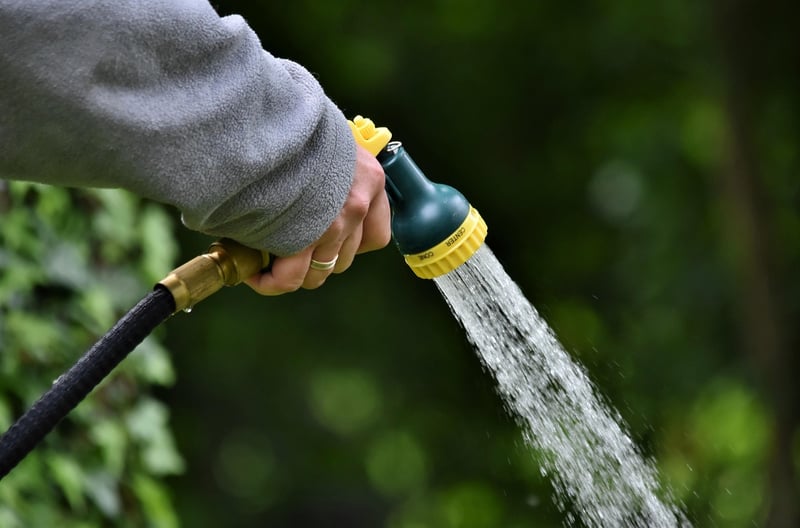Watering Tips
Plant Care Guide and Watering Tips
Introduction
Welcome to our plant care guide where we will explore essential methods to keep your plants healthy and thriving. In this article, we will focus on watering tips to help you understand how to properly hydrate your plants for optimal growth.
Watering Frequency
One of the most critical aspects of plant care is getting the watering frequency right. Different plants have varying water requirements, so it's essential to research each plant's specific needs. As a general rule of thumb, most indoor plants thrive when the top inch of soil is dry before watering again.
Watering Techniques
When watering your plants, it's crucial to water at the base of the plant and avoid wetting the leaves. This helps prevent diseases and ensures that the water reaches the roots where it is needed most. Use a watering can or a gentle spray to water your plants effectively.
Signs of Overwatering and Underwatering
It's essential to observe your plants for signs of overwatering or underwatering. Yellowing leaves, mushy stems, and a moldy smell indicate overwatering, while wilting leaves, dry soil, and brown leaf tips suggest underwatering. Adjust your watering schedule accordingly based on these signs.
Best Practices for Watering
- Water your plants in the morning to allow excess moisture to evaporate during the day.
- Use room temperature water to avoid shocking the roots.
- Ensure that your pots have drainage holes to prevent waterlogging.
- Group plants with similar water needs together to simplify watering routines.
Conclusion
By following these watering tips and best practices, you can ensure that your plants receive the right amount of water to thrive and beautify your space. Remember that attentive plant care, including proper watering, is key to maintaining healthy and happy plants.

Explore more plant care tips and tricks to become a green thumb expert!
Learn more about indoor plant watering from The Spruce.